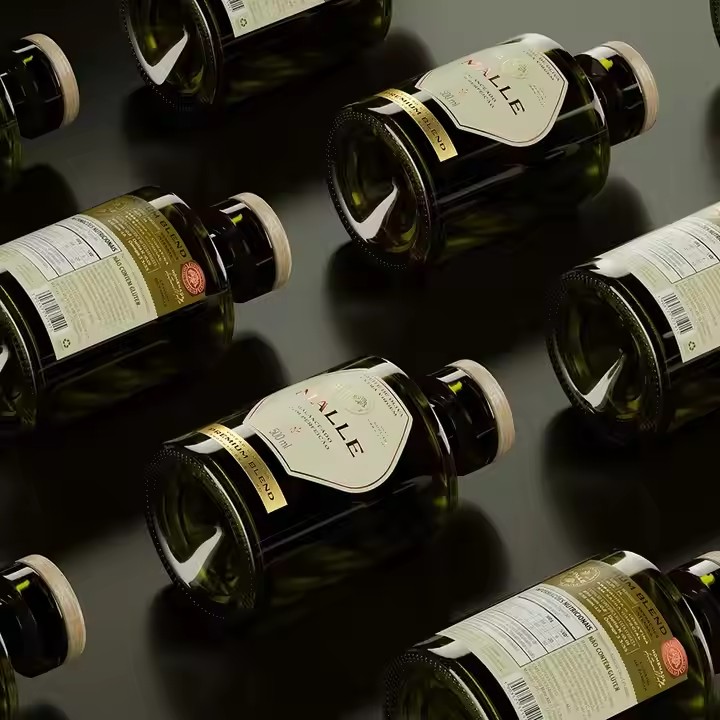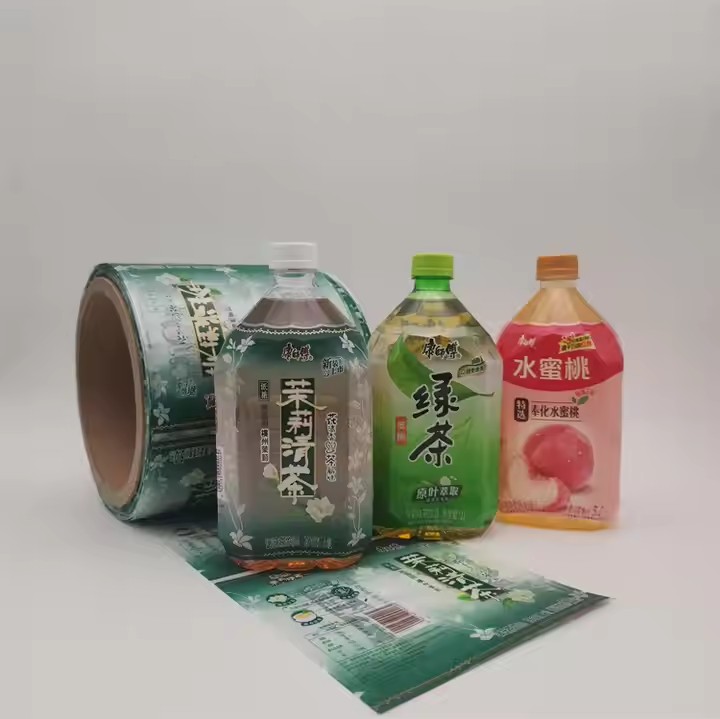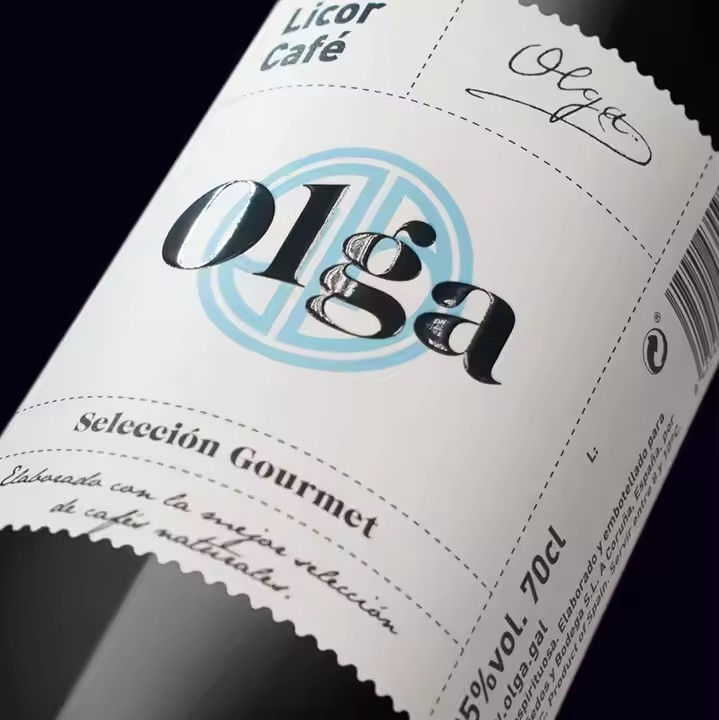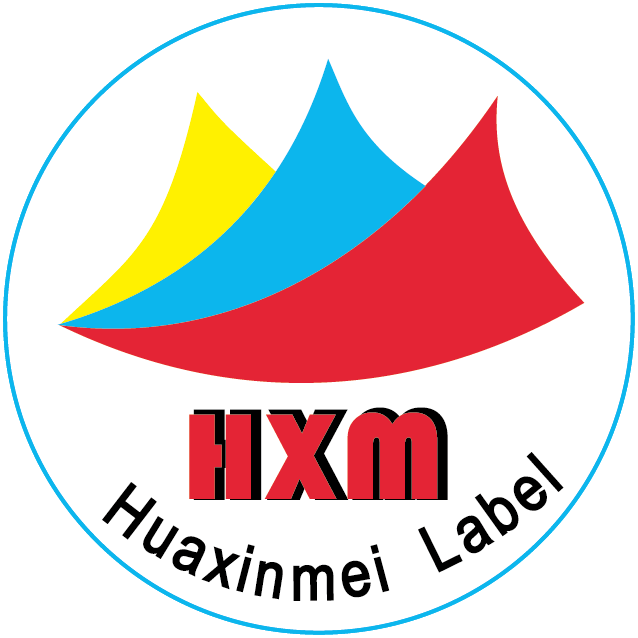Plastics
Polyvinyl Chloride (PVC)
Features: It has good flexibility, wear resistance and water resistance, low cost, and is easy to process and form, capable of presenting a good holographic effect. However, PVC will produce harmful gases when burned, causing certain pollution to the environment.
Applications: It is commonly used to make ordinary holographic stickers, such as commodity labels and decorative stickers. Generally, stickers made of PVC material are relatively low in price and of good quality. Most of these stickers are used in industry and manufacturing, such as in the steel industry, daily chemical industry, electronic product industry and so on.

Polyester Film (PET)
Features: It has high strength, transparency and gloss, good chemical stability and weather resistance, is not easy to deform and fade, can accurately record and reproduce holographic images, and has good environmental protection performance. Polyester film is often used in the chemical industry. Due to its strong corrosion resistance, when used in the chemical goods industry, the label will not be corroded, the handwriting is clear, and the label can still maintain strong gloss and transparency.
Applications: It is widely used in the production of high-quality holographic stickers, such as anti-counterfeiting labels and electronic product labels. The application range of polyester film materials is very wide. For example, it can be applied in the daily necessities industry and many other industries. Because it is just a protective film, it can be well applied to other industries. Since some other labels have their own disadvantages, such as being difficult to preserve, fading quickly in the sun, and fading quickly after being washed by rain, polyester film is to attach a protective film to the outside of such labels. Even in a harsh environment, with the protection of the film, the labels can still be used for a long time.
Biaxially Oriented Polypropylene Film (BOPP)
Features: It has excellent transparency, gloss, stiffness and barrier properties, good mechanical properties, and a relatively low surface energy. It needs to be surface-treated to better combine with the holographic pattern, and the cost is relatively low.
Applications: It is commonly used to make various holographic stickers for packaging, such as food packaging and cosmetic packaging.
Paper
Coated Paper
Features: It has a smooth surface, high whiteness, good printing adaptability, can clearly present the details and colors of holographic patterns, and the cost is moderate. However, the water resistance and wear resistance of paper are relatively poor, and post-treatment such as laminating is required to improve its durability.
Applications: It is suitable for making some holographic stickers that do not have particularly high requirements for anti-counterfeiting performance, such as gift packaging stickers and stationery stickers.
Cardboard
Features: It has a thick texture, good stiffness and high strength, and can withstand a certain amount of pressure and friction. It is suitable for making holographic stickers of larger sizes or those that require a certain degree of hardness. Common types include white cardboard and gray-backed whiteboard paper.
Applications: It is often used to make holographic stickers on high-end gift boxes, cosmetic boxes and other packaging, as well as some holographic stickers for promotional posters and display boards.
Anti-counterfeiting Paper
Features: Based on paper, it incorporates advanced laser anti-counterfeiting technology, and has the characteristics of being difficult to copy, flexible and diverse in design, affordable in price, and environmentally degradable.

Applications: It is mainly used to make anti-counterfeiting holographic stickers and is widely used in anti-counterfeiting packaging in the fields of medicine, tobacco and alcohol, and electronic products.
Metals
Aluminum Foil
Features: It has good ductility, electrical and thermal conductivity, high surface gloss, can reflect light, enhance the visual effect of holographic patterns, and at the same time has certain barrier properties, being able to resist moisture and oxidation.
Applications: It is often used to make holographic stickers for some high-end products, such as cigarette packaging and chocolate packaging. It can also be used to make holographic stickers with special decorative effects, such as Christmas decoration stickers and greeting card stickers.
Aluminum-Plated Film
Features: A thin layer of aluminum is plated on the surface of plastic film or paper. It not only has the luster and reflective properties of metal, but also retains the flexibility and processing performance of the base material, and the cost is relatively low.
Applications: It is a commonly used material for making holographic stickers and is widely used in the packaging and decoration fields of various commodities.
Other Auxiliary Materials
Adhesive
Features: It is used to paste the holographic pattern layer and the base material together. It is required to have good viscosity, weather resistance and stability, and be able to maintain a firm pasting effect under different environmental conditions. Common adhesives include water-based adhesives, hot-melt adhesives, pressure-sensitive adhesives, etc.
Applications: Select suitable adhesives according to different base materials and usage scenarios. For example, water-based adhesives are suitable for paper-based substrates, hot-melt adhesives are suitable for plastic-based substrates, and pressure-sensitive adhesives are often used for holographic stickers that need to be pasted and removed repeatedly.
Protective Layer Materials
Features: In order to improve the wear resistance, scratch resistance and chemical corrosion resistance of holographic stickers, a protective layer material such as varnish, lacquer, plastic film, etc. is usually coated on the surface of the holographic pattern. The protective layer material should have good transparency and hardness and not affect the visual effect of the holographic pattern.

Applications: When making holographic stickers, select suitable protective layer materials for coating or laminating treatment according to actual needs to extend the service life of holographic stickers.


